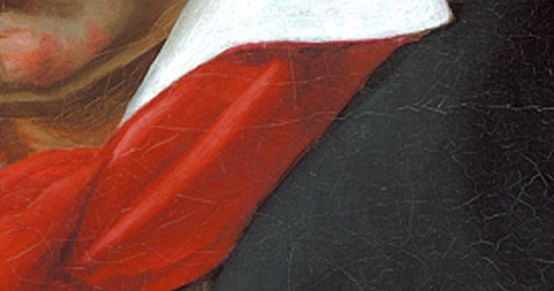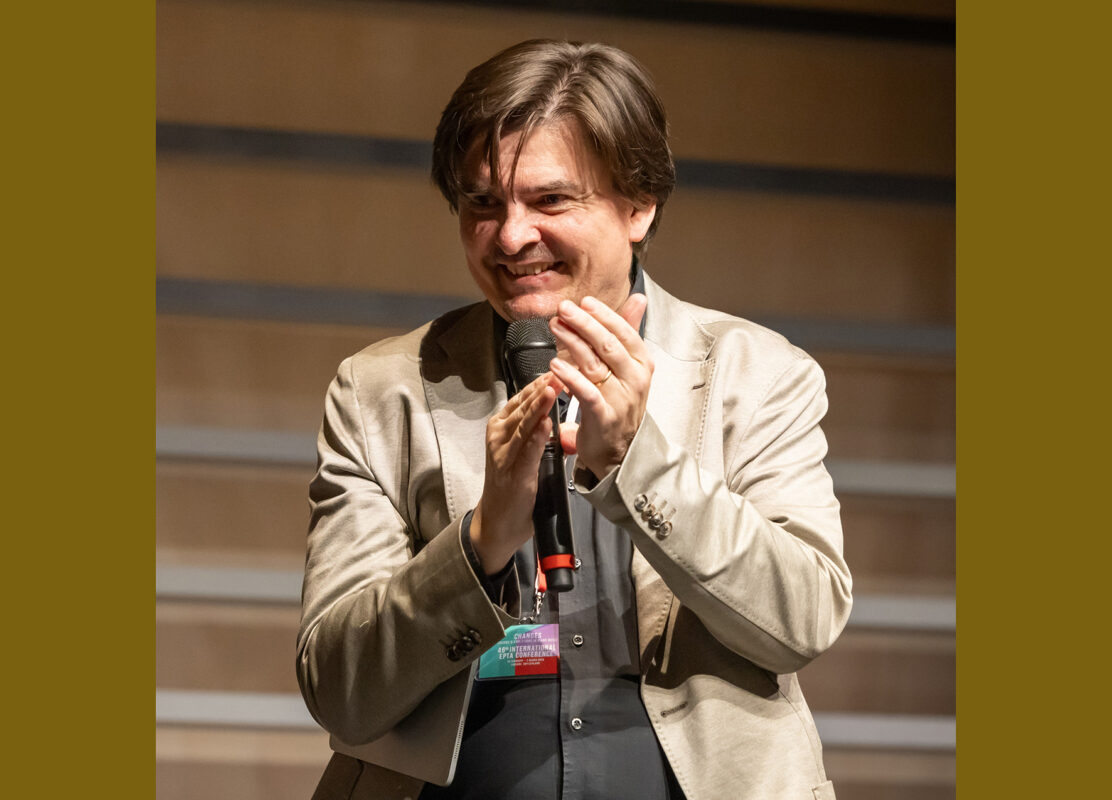Sonatina for mandolin and piano
Beethoven every Friday: to mark his 250th birthday, we take a look at one of his works every week. Today it's the Sonatina for mandolin and piano in C minor.

"Deh vieni alla finestra" (Feinsliebchen, come to the window). With these words from Mozart's Don Giovanni the mandolin still comes into play on the opera stage today and reveals something about its origins in Italian folk music. But it was not only this wonderful canzonetta that contributed to its spread. Around the turn of the 19th century, the Neapolitan mandolin tuned in fifths was just as popular in Paris as it was in Vienna or Prague. Johann Nepomuk Hummel, for example, wrote several full-fledged compositions, and in 1798 the instrument can be found in Leopold Kozeluch's curiously scored Sinfonia concertante for piano, mandolin, trumpet, double bass and orchestra. Beethoven's œuvre also features four short movements, including two "sonatinas", as he called them, although each of these is only a single movement.
These petitessen, probably the most balanced in sound to be accompanied on a fortepiano, were composed during Beethoven's stay in Prague between February and April 1796 as a commission or favor for Countess Josephine von Clary-Aldringen. However, all four individual pieces (a possible fifth is lost) fell into oblivion just as quickly as the mandolin itself - at least in music for the concert hall or salon. It was not until the 1920s that the instrument flourished again. Incidentally, it was also used by Arnold Schönberg, both in the dodecaphonic Serenade op. 24 (1920/24) as well as in the arrangement of Luigi Denza's Funiculi, funicula (1921). Beethoven's pieces first appeared in print between 1880 and 1940.
A look at the autograph of the Adagio in C minor WoO 43a, known as the "Sonatina", proves that Beethoven obviously had to take limited technical skills into consideration. It is now kept in the British Library and is bound into the so-called Kafka sketchbook: as the crossed-out 16th-note runs in the mandolin part show, the A section of the piece was not originally intended to be repeated verbatim, but varied in a more sophisticated way.
Listen in!








